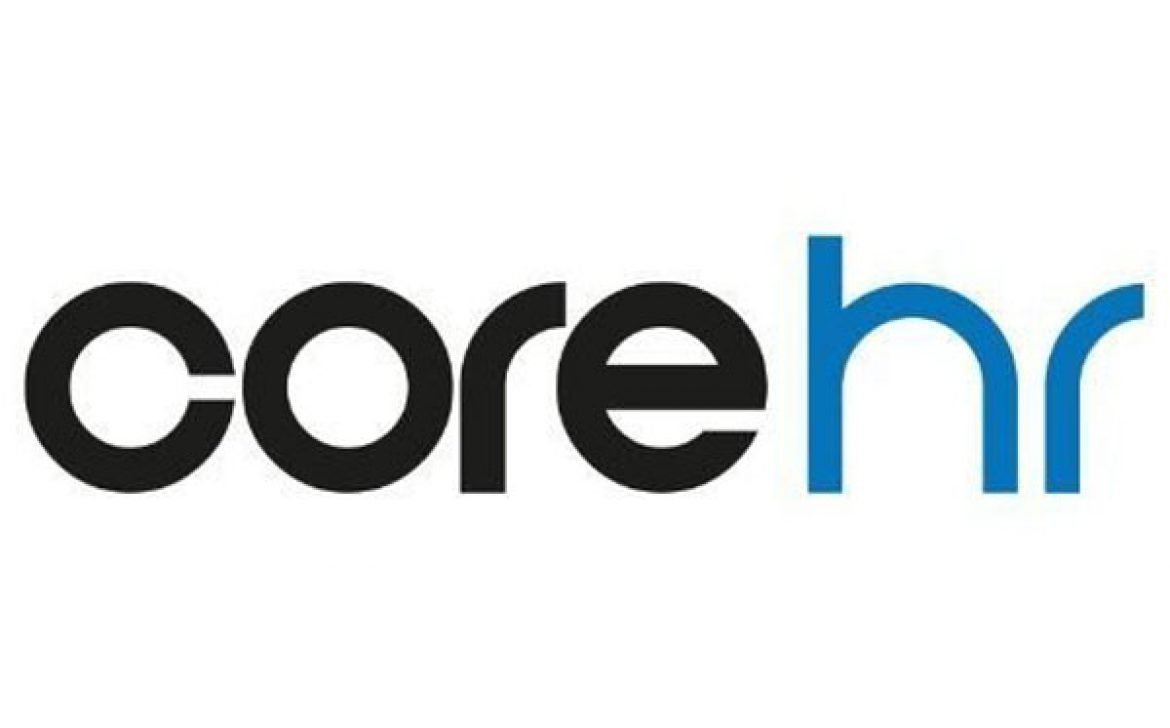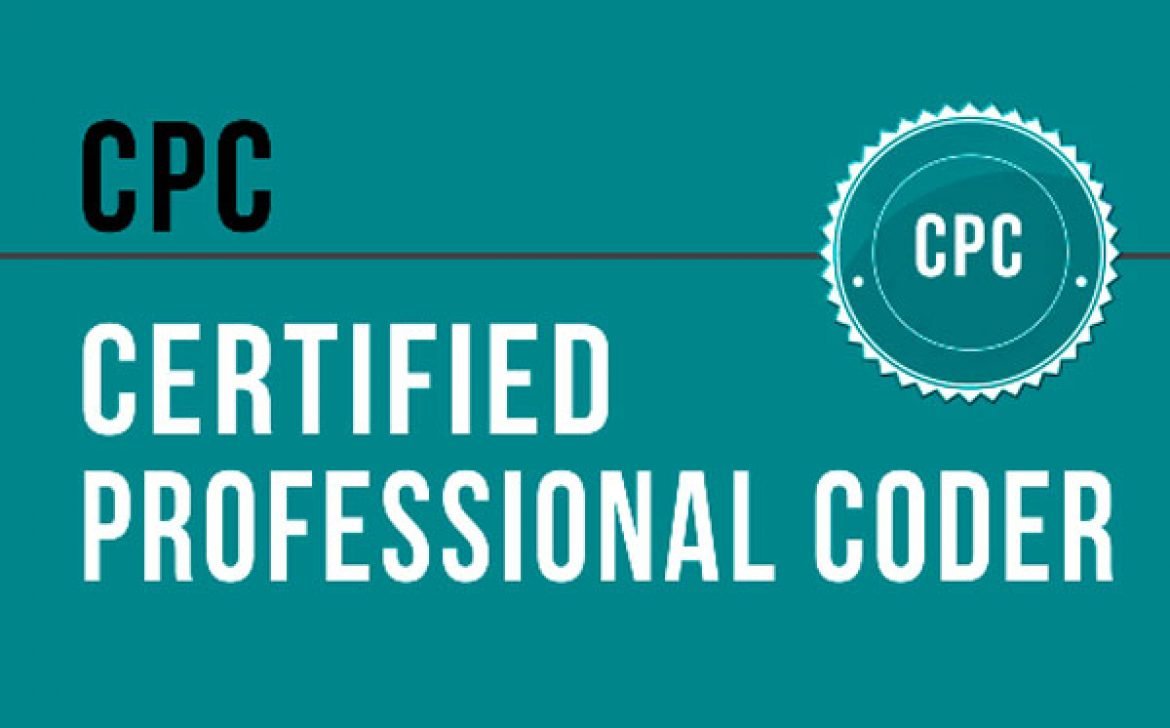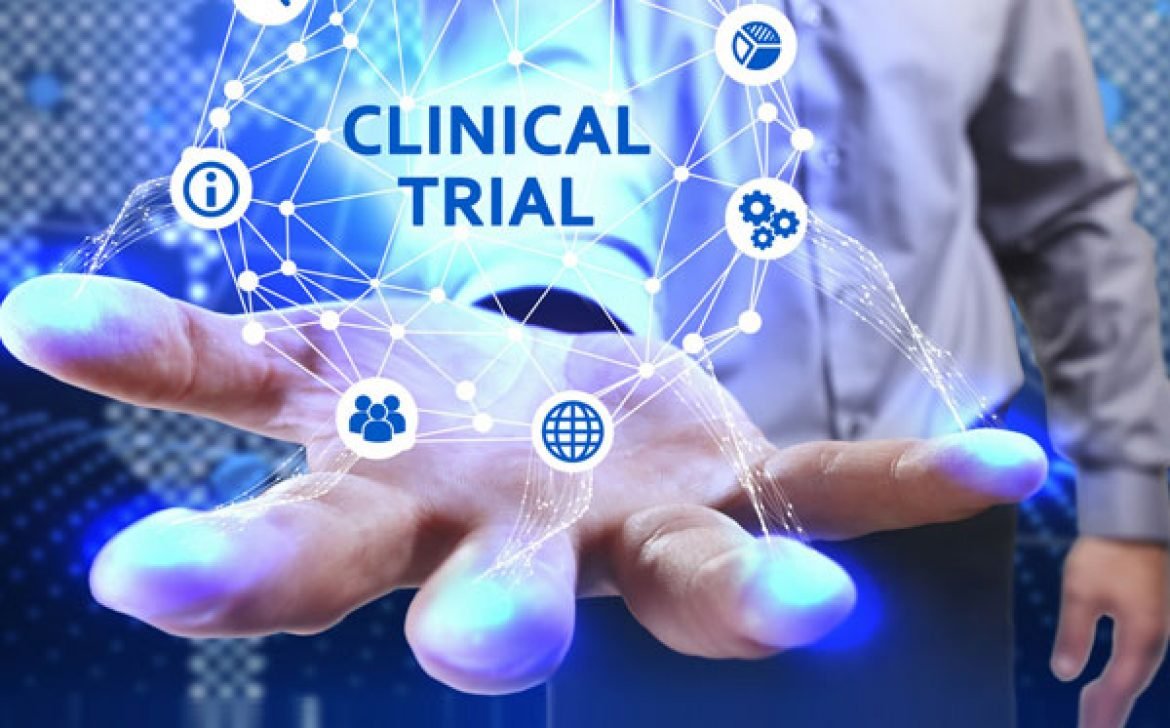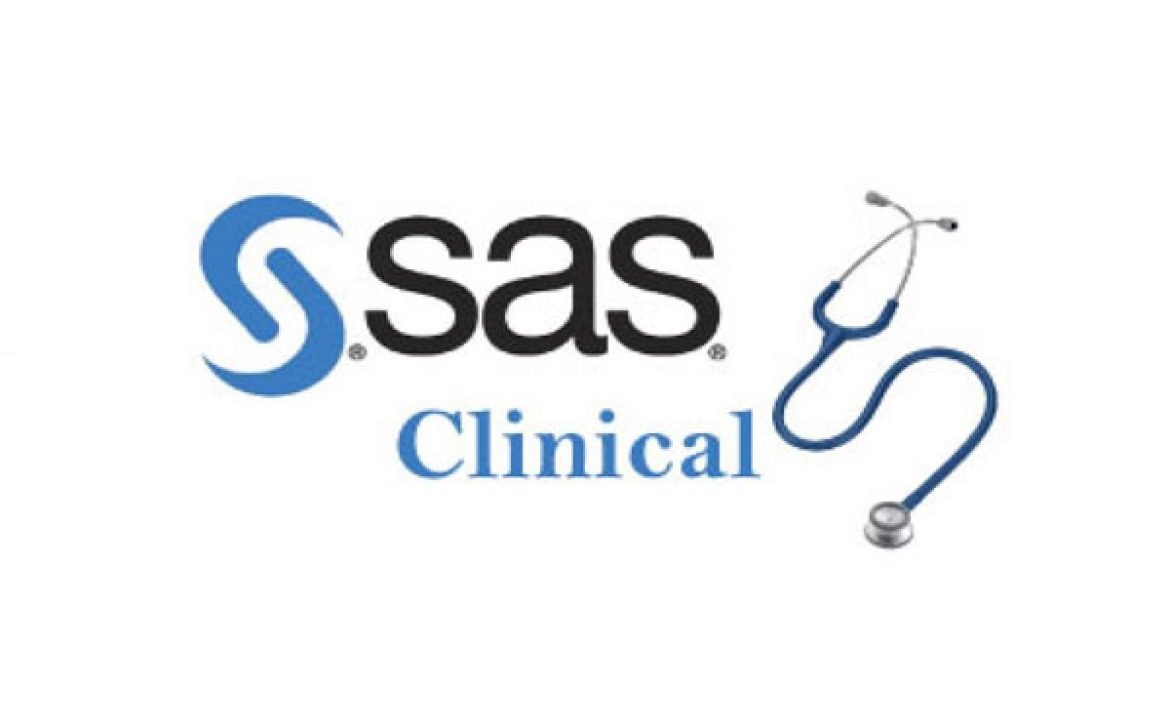Core HR
Core HR (core human resources) is an umbrella term that means the basic functions of an HR department; the basic data captured about employees; and the software used to manage basic HR processes. Core HR is typically used in three distinct ways:
to refer to the basic functions of an HR department;
to mean the basic data captured about employees; and
as shorthand for the core HR software needed to enable the first two.
Core HR functions of the human resources department
Core functions of the HR department commonly include employee recruitment, scheduling, payroll, benefits administration, internal relations, employee training, compliance and safety. Core HR is sometimes used to mean these basic HR responsibilities in human capital management (HCM).
Explore more courses Regulatory affairs certification course | SAS course








